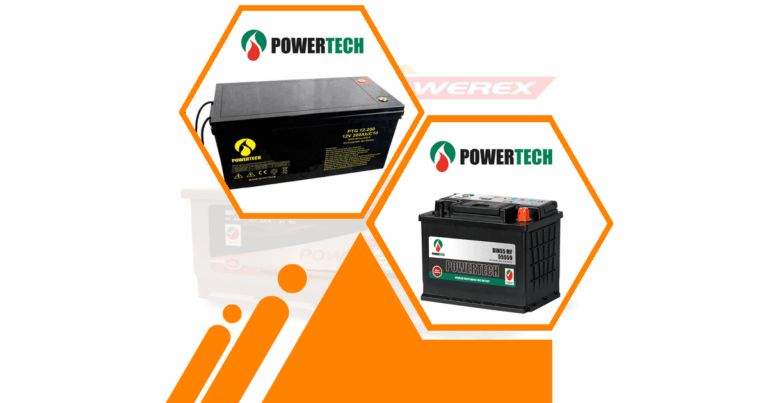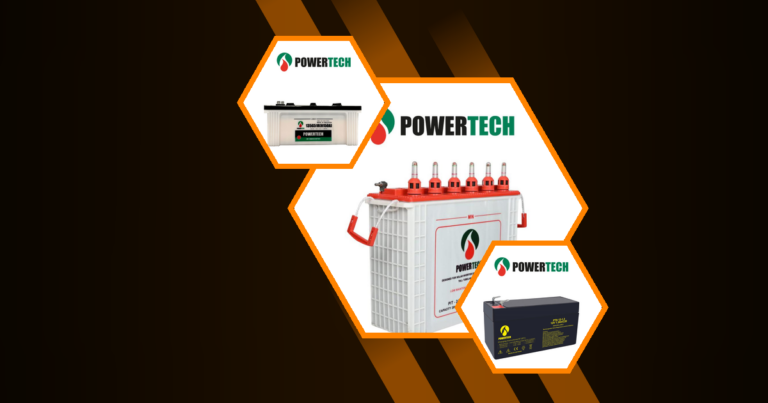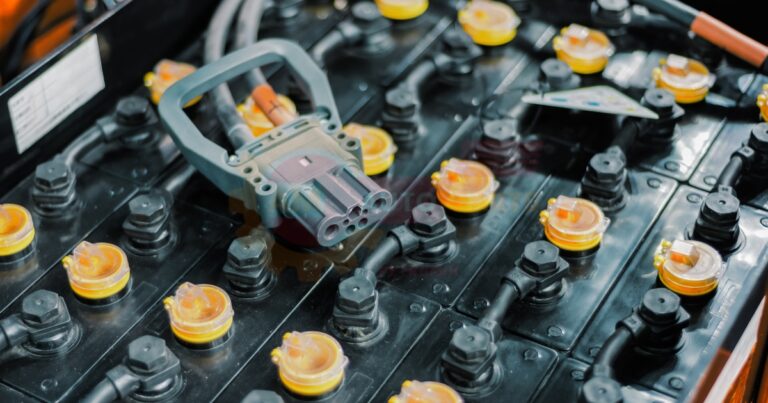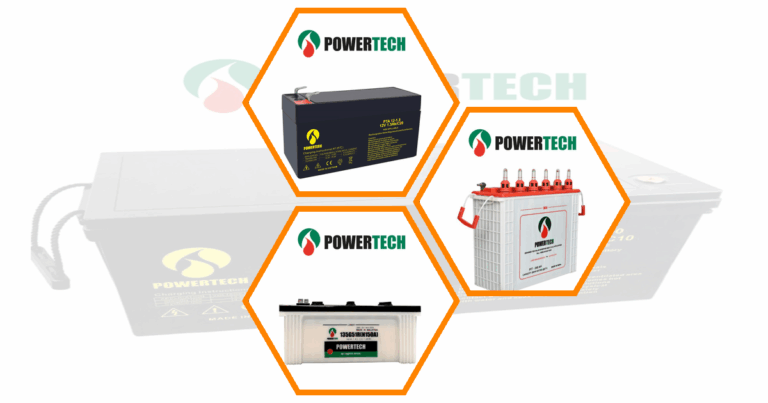What is a Dry Charged Battery?
A dry charged battery is a type of lead-acid battery that is manufactured with a dry charge. This means the battery is charged during production but is not filled with electrolyte until it is ready for use. This unique feature allows for a longer shelf life compared to wet charged batteries. Dry charged batteries are often preferred for their convenience and reliability, especially in automotive applications.
Advantages of Dry Charged Batteries
Dry charged batteries offer several advantages over their wet counterparts. Firstly, they have a longer shelf life, which means they can be stored for extended periods without losing their charge. This makes them ideal for emergency situations or for vehicles that are not used frequently. Additionally, they are less prone to leakage and corrosion, ensuring a cleaner and safer environment.
- Longer shelf life
- Reduced risk of leakage
- Less maintenance required
Dry Charged Auto Battery vs. Wet Charged Battery
Key Differences
The primary difference between dry charged and wet charged batteries lies in their state of charge and maintenance requirements. Dry charged batteries are shipped without electrolyte, while wet charged batteries come pre-filled and ready to use. This distinction affects their storage, handling, and initial activation processes.
Performance Comparison
When it comes to performance, dry charged batteries often outperform wet charged batteries in terms of longevity and reliability. They are less susceptible to self-discharge and can maintain their charge for longer periods. However, wet charged batteries may offer slightly better initial performance due to their immediate readiness for use.
| Feature | Dry Charged Battery | Wet Charged Battery |
| Shelf Life | Longer | Shorter |
| Maintenance | Low | High |
| Initial Activation | Required | Not Required |
Can a Dry Battery be Charged?
Activation Process
Activating a dry charged battery involves adding the electrolyte and allowing the battery to charge. This process is crucial to ensure the battery functions correctly. Once the electrolyte is added, the battery should be charged to its full capacity before use.
Charging Methods for Dry Batteries
Charging a dry battery can be done using various methods, including trickle charging and fast charging. Trickle charging is a slow process that ensures the battery is charged gradually, reducing the risk of overcharging. Fast charging, on the other hand, is quicker but requires careful monitoring to prevent damage.
- Trickle charging for gradual energy replenishment
- Fast charging for quick energy boost
- Monitoring to prevent overcharging
Types of Dry Charged Batteries
Lead-Acid Dry Charged Batteries
Lead-acid dry charged batteries are the most common type used in automotive applications. They are known for their durability and ability to deliver high power output. These batteries are cost-effective and widely available, making them a popular choice for many vehicle owners.
Lithium-Ion Dry Charged Batteries
Lithium-ion dry charged batteries are a newer technology that offers several benefits over traditional lead-acid batteries. They are lighter, have a higher energy density, and can be charged more quickly. However, they are also more expensive and may require specialized charging equipment.
| Type | Advantages | Disadvantages |
| Lead-Acid | Durable, Cost-effective | Heavier, Lower energy density |
| Lithium-Ion | Lightweight, High energy density | Expensive, Specialized charging |
Activating Dry Charged Batteries
Step-by-Step Instructions
Activating a dry charged battery is a straightforward process. Begin by carefully adding the electrolyte to the battery cells. Allow the battery to sit for a few hours to ensure the electrolyte is fully absorbed. Finally, charge the battery using an appropriate charger until it reaches full capacity.
Safety Precautions
When handling dry charged batteries, safety is paramount. Always wear protective gear, such as gloves and goggles, to prevent contact with the electrolyte. Ensure the area is well-ventilated to avoid inhaling harmful fumes. Follow the manufacturer’s instructions carefully to avoid accidents.
- Wear protective gear
- Ensure proper ventilation
- Follow manufacturer guidelines
Maintenance Tips for Dry Charged Auto Batteries
Storage Recommendations
Proper storage of dry charged batteries is essential to maintain their longevity. Store them in a cool, dry place away from direct sunlight and extreme temperatures. Ensure the battery terminals are clean and free from corrosion before storage.
Regular Inspection Guidelines
Regular inspection of dry charged batteries can help identify potential issues before they become serious problems. Check the battery terminals for signs of corrosion and ensure the electrolyte levels are adequate. If the battery shows signs of damage or wear, consider replacing it.
- Store in a cool, dry place
- Clean terminals before storage
- Regularly check for corrosion
Applications of Dry Charged Batteries
Automotive Industry
Dry charged batteries are widely used in the automotive industry due to their reliability and long shelf life. They are commonly found in cars, trucks, and motorcycles, providing the necessary power to start the engine and run electrical systems.
Other Industrial Uses
Beyond the automotive sector, dry charged batteries are used in various industrial applications. They are often employed in backup power systems, telecommunications, and renewable energy storage solutions due to their durability and efficiency.
- Used in cars, trucks, and motorcycles
- Employed in backup power systems
- Suitable for renewable energy storage
Environmental Impact of Dry Charged Batteries
Recycling Practices
Dry charged batteries are highly recyclable, with a recycling rate of 99% according to the U.S. Department of Energy. This makes them one of the most environmentally friendly battery options available. Recycling helps reduce waste and conserves valuable resources.
Sustainability Considerations
While dry charged batteries are recyclable, it’s essential to consider their overall environmental impact. The production and disposal of batteries can contribute to pollution if not managed properly. Choosing batteries from manufacturers with sustainable practices can help mitigate these effects.
- 99% recycling rate
- Reduces waste and conserves resources
- Consider sustainable manufacturers
Choosing the Right Dry Charged Battery for Your Vehicle
Factors to Consider
When selecting a dry charged battery for your vehicle, consider factors such as size, capacity, and compatibility with your vehicle’s electrical system. It’s also important to choose a battery from a reputable manufacturer to ensure quality and reliability.
All Makes Autoparts Selection Guide
All Makes Autoparts offers a wide range of dry charged batteries suitable for various vehicles. Their selection guide can help you find the right battery based on your vehicle’s specifications and requirements. Trusting a reliable supplier ensures you get a battery that meets your needs. Car battery restoration techniques involve cleaning terminals and adding distilled water to revive weak batteries Automotive power placement refers to where engines and motors are located in vehicles Different
Car battery replacement timing Most car batteries last 3 to 5 years before needing replacement but this can vary based on usage and climate conditions Automotive electrical measurement helps check if car parts that use electricity are working right It uses special tools to test things like batteries wires and lights in vehicles
Push start automobile Cars with Electrical System Malfunctions happen when parts of the electrical system stop working properly
Automotive power choices include gas engines electric motors and hybrid systems These options give drivers different ways to power their cars and trucks Vehicle power optimization helps cars use less fuel and go farther It makes engines work better so vehicles can be more efficient
- Consider size and capacity
- Ensure compatibility with your vehicle
- Choose reputable manufacturers
Future Trends in Dry Charged Battery Technology
Innovations in Battery Design
The future of dry charged battery technology is promising, with ongoing innovations aimed at improving performance and efficiency. Researchers are exploring new materials and designs to enhance battery life and reduce environmental impact.
Emerging Market Demands
As the demand for electric vehicles and renewable energy solutions grows, the market for dry charged batteries is expected to expand. This trend is driving advancements in battery technology to meet the evolving needs of consumers and industries.
- New materials and designs
- Growing demand for electric vehicles
- Advancements in battery technology
FAQ’s
Can you add water to a dry charged battery?
No, you should not add water to a dry charged battery. These batteries are designed to be activated with electrolyte, not water. Adding water can damage the battery and reduce its performance.
Are dry charged batteries better than wet charged batteries?
Dry charged batteries offer several advantages over wet charged batteries, including longer shelf life and reduced maintenance. However, the choice between the two depends on your specific needs and preferences.
How long does a dry charged battery last?
The lifespan of a dry charged battery varies depending on usage and maintenance. On average, they can last between three to five years with proper care. Regular inspection and maintenance can help extend their lifespan.et)






